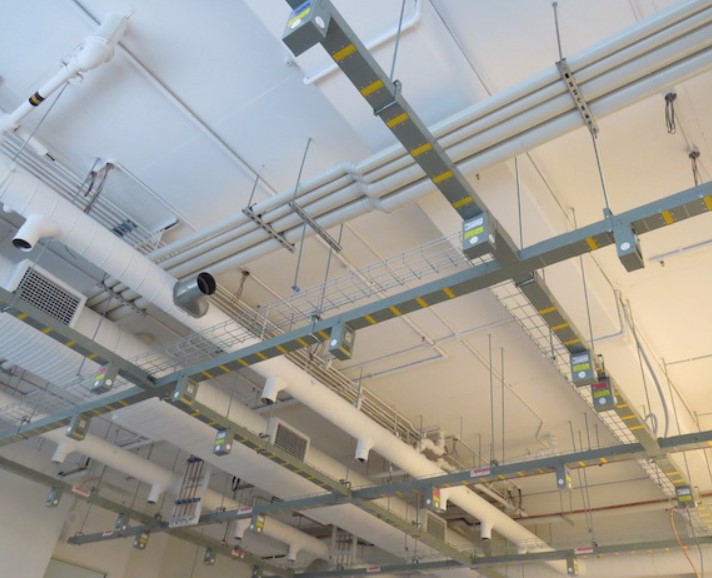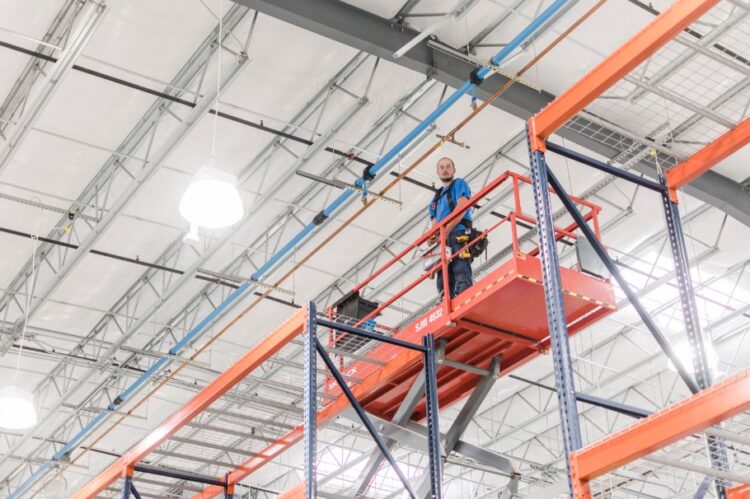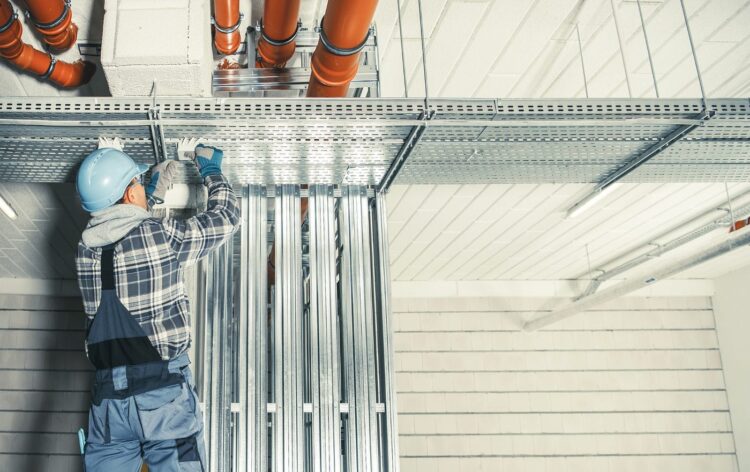In the sector of commercial construction and electrical design, two predominant methods for distributing power throughout facilities stand out: busway and conduit systems. These systems serve as the veins and arteries of a building’s electrical configuration, each with its distinct advantages and potential drawbacks.
Understanding the details of these systems is vital for architects, engineers, and project managers, as the choice between busway and conduit directly impacts the cost, efficiency, and adaptability of power distribution infrastructure within commercial projects. This decision is not only important for the initial phases of construction but also bears long-term operational consequences on maintenance and scalability.
In this article, we’ll initiate a cost-benefit analysis tailored to commercial projects, dissecting how power busway and conduit systems stack up against each other. While the industry often defaults to conventional wisdom for such decisions, our analysis aims to challenge entrenched perspectives by closely examining upfront costs against the backdrop of long-term operational savings and strategic benefits.
From the simple metrics of material and labor expenses to the subtle considerations of system flexibility and energy efficiency, this article proposes to offer a holistic and fresh viewpoint.

Cost
Assessing the financial implications of busway versus conduit systems is a central element in the decision-making process for commercial projects. Busway installations, while presenting a heftier initial expenditure, can potentially offer more savings in the long run.
This can be attributed to the relative ease of installation compared to traditional conduit methods, as well as to the streamlined maintenance procedures associated with busway systems. On the flip side, opting for a conduit system might be kinder to the initial budget given its typically lower cost of materials.
However, it’s important to keep in mind that the manual labor involved in installing conduit—especially in complex routing scenarios—can accumulate substantial expenses over time, not to mention the ongoing maintenance efforts required to address wear and tear.
An understanding of both the upfront and the hidden operational costs is indispensable to accurately evaluate the true long-term value of each system within the context of a commercial project’s financial parameters.
Flexibility
System flexibility is an advantageous attribute prominently featured in busway solutions, due to their modular design that effortlessly accommodates adjustments and expansions. This asset proves invaluable for commercial environments where power distribution requirements can change rapidly in response to changes in tenancy or the repurposing of space.
The ability to reconfigure a busway without major structural alterations or downtime reduces both the complexity and cost of modifications.
Conversely, traditional conduit systems do possess a degree of adaptability, yet they require forethought in design and meticulous installation to ensure that future modifications don’t require extensive retrofitting or disruptive overhauls.
When the nature of a project is such that revisions and scalability are foreseen, the innate malleability of a busway system might tilt the balance in its favor, despite the conduit’s potential for adaptability with planning.

Maintenance
In making a comparison between busway and conduit systems from a maintenance perspective, it is important to consider that busway systems often require fewer maintenance demands over time.
Designed with fewer parts and connections subject to wear and tear, busway systems offer a more sealed and protected environment for electrical conductors, which typically translates into a reduced likelihood of faults and the necessity for repairs.
In contrast, conduit systems, with their more complex construction and exposure to environmental factors, require more frequent checks to ensure integrity and safe function. Regular inspections are vital to identify and rectify issues such as moisture intrusion, physical damage, or corrosion, which can impact the system’s reliability and safety if left unaddressed.
When projecting the long-term upkeep costs, factoring in the less intensive maintenance schedule and lower associated labor costs of busways can greatly impact the overall cost-efficiency equation.
Efficiency
In terms of the efficiency of electrical distribution, commercial buildings need to adhere to an energy-aware design. Within this context, busway systems are noted for their higher efficiency—marked by low voltage drop and great conductance—serving as suitable solutions for projects aimed at minimizing energy waste.
Such efficiency is beneficial for reducing operational expenses over time and is also in harmony with goals for environmental sustainability.
While conduit systems are necessary, they tend to have more resistance and can experience increased energy losses. These losses can lead to higher expenses due to elevated power usage and the potential effects on electrical quality, two factors that are key when assessing a system’s fit with a project’s energy management criteria.

Scalability
When contemplating expansion or modification needs within electrical distribution for commercial projects, scalability emerges as a key component. Busway systems inherently offer a higher degree of scalability, an advantage that streamlines the process of adjusting power distribution capabilities in line with changing project requirements.
Their modular nature simplifies the addition or removal of sections, facilitating swift adaptation to new layouts or capacities without substantial infrastructure upheaval.
In contrast, conduits typically demand more laborious and invasive work to implement modifications, which can be both time-consuming and costly. Anticipating potential future changes and electing a system that aligns with those projections not only ensures current functionality but also ease of transition, making busway systems a potentially strategic choice for projects with changing electrical needs.
In conclusion, choosing between electrical distribution options for commercial projects presents a challenge that demands attention to cost considerations, system flexibility, maintenance demands, efficiency levels, and scalability prospects. Through the article’s review of busway and conduit systems, we have unpacked these factors, offering insights into the pros and cons of each approach.
Whether it is the long-term savings and ease of adaptability offered by busway systems or the lower initial outlay and customizable nature of conduits, each project’s unique requirements and future projections must guide the decision.
 Hi Boox Popular Magazine 2024
Hi Boox Popular Magazine 2024



